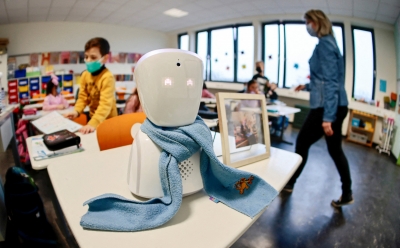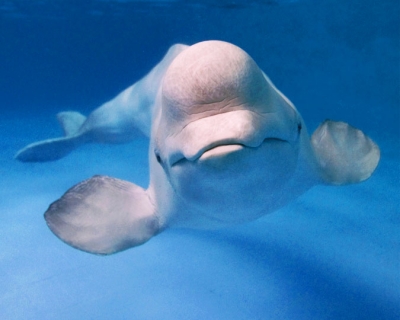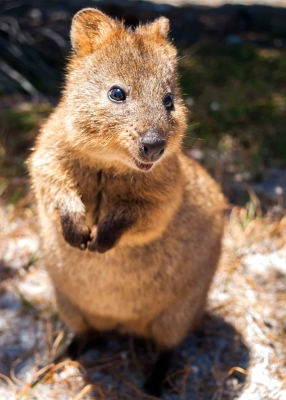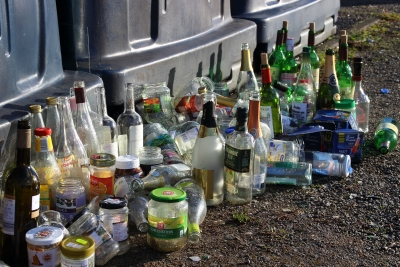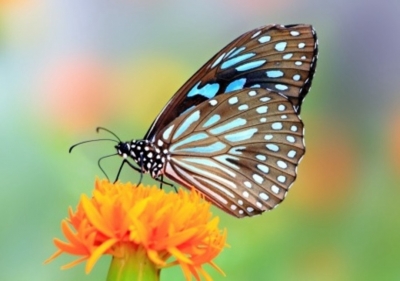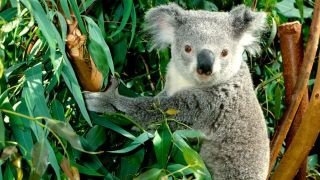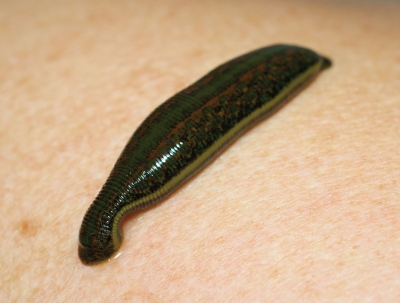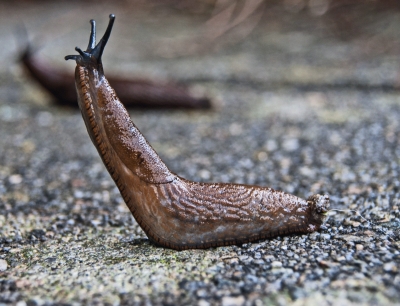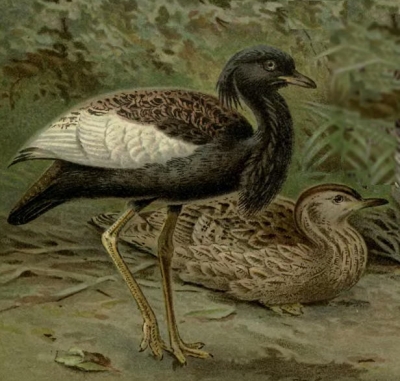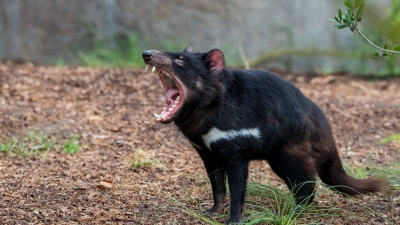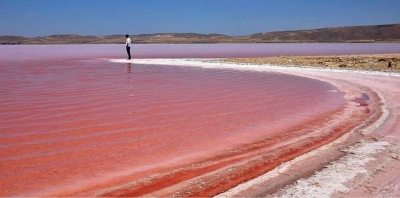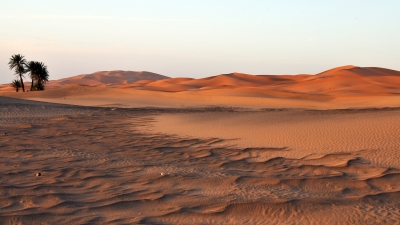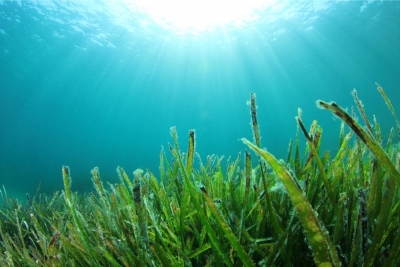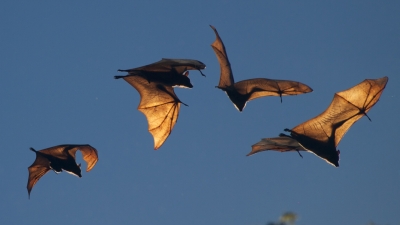
It seems bats argue a lot. Scientists who recorded and decoded the noisy exchanges between Egyptian fruit bats in 2016, discovered they were not just having a conversation but arguing a lot about food, sleeping arrangements and more.
For this study scientists used a machine learning algorithm created to analyze and recognize human voices and applied it to almost 15,000 vocalizations from 22 chatty bats. This algorithm was actually able to detect which individual bat was speaking and the tone that was being used to communicate to other bats.
These bats argued over four primary issues:
Their position in sleep clusters
Their perch, or when other bats infringed on personal-bat-space
Fights over food
Females reacting to a male’s attempt to mate uninvited
Other aspects of their communications involved echo location, distress calls from separated bats, sounds made during mating, and isolated bat pups crying out for their parents. This research sheds light on how bats use context-specific vocalization, or different tones for different communications, kind of like how you may use a different tone with your boss than you would with an old friend. In addition to learning these aspects of bat communication, scientists use technology to find repeating patterns in animal vocalization to better help scientists understand how our fellow mammals make sense of their nearby neighbors.
Despite the fact that there are thousands of known bat species, they remain some of the most understudied animals on Earth. Here in Virginia we have 16 species of bats, four of which are on federal and state endangered lists. Knowing more about these winged mammals would be a great thing as many bat species have been facing stress from habitat loss and environmental impacts from climate change.
Understanding how bats communicate may play a vital role in knowing how these animals interact with one another and how they react to their changing environments. For now, this study has only been done on the Egyptian fruit bat, but like most other aspects in science, finding an answer simply leads to more questions. Do all bats do this? What other animals could we study using a machine learning algorithm? There's much left to learn about the world around us and science makes the path towards that knowledge more possible.
Credit : Science museum of virginia
Picture Credit : Google
